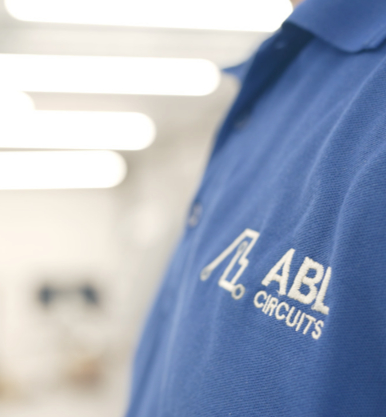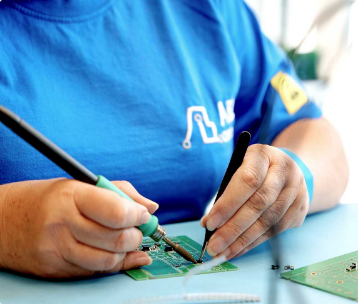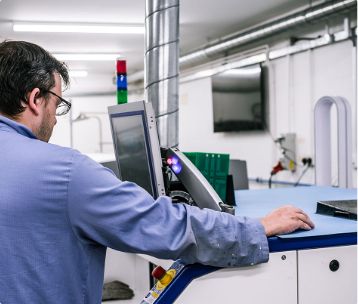Rigid PCBs
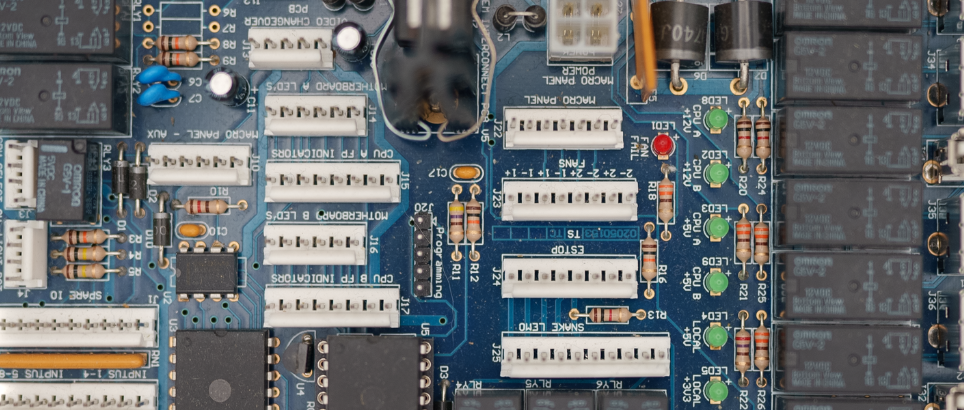
What is a Rigid PCB?
A rigid printed circuit board (PCB) is the most traditional and widely used type of circuit board. As the name suggests, rigid PCBs have a solid, inflexible structure that cannot be bent or reshaped once manufactured. They are found in countless everyday products and continue to play a vital role across industries.
Rigid PCBs are built from multiple layers, including a substrate layer, copper layer, solder mask, and silkscreen layer, all bonded together using adhesive and heat. They can be designed as single-sided, double-sided, or multi layered boards depending on the application’s requirements. However, once fabricated, their form is fixed and cannot be modified.
When Should You Use a Rigid PCB, And What Are the Benefits?
Rigid PCBs are an excellent choice when you need:
- Cost-effective, high-volume production – ideal for large manufacturing runs
- Enhanced durability – they typically offer greater mechanical strength compared to flexible PCBs
- High circuit density – allowing for compact designs with reliable performance
These boards are especially valuable in applications where it’s crucial for components to stay firmly in place, even under heat or mechanical stress.
Where Are Rigid PCBs Used?
Rigid PCBs are used across a wide range of everyday devices and critical systems, including:
Consumer electronics:
- GPS devices
- Computers, laptops, tablets, and mobile phones
Medical equipment:
- X-ray machines
- Heart monitors
- CAT scanners
- MRI systems
Aerospace and aviation:
- Aircraft cockpit instrumentation
- Temperature sensors
- Air traffic control tower systems
Thanks to their ability to withstand high temperatures - often using copper or aluminium substrates - rigid PCBs are well-suited for demanding environments like aerospace and medical industries.
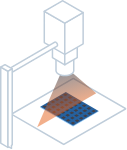
Looking for a bespoke manufacturing solution?
See how ABL Circuits can help you today:
Quick Quote
Alternatively, for a quick overview, fill out the basic form to the right.





